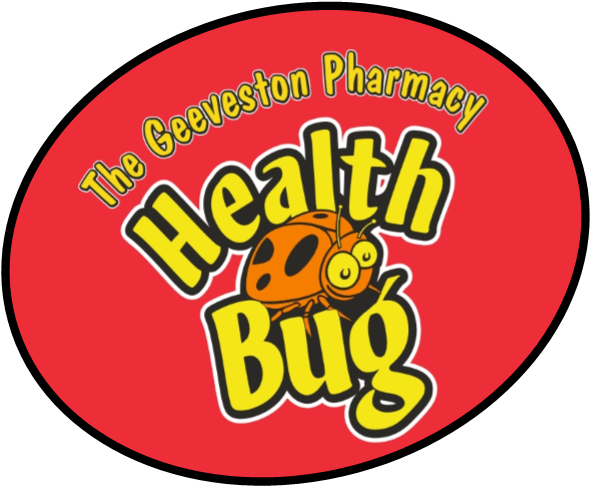 Summer time, and the vitamin D is easy
Summer time, and the vitamin D is easy
Summer is just around the corner.
Cloudless days and the warmth upon our skins is a welcome change to the seemingly endless winter.
One of the most frequently purchased natural supplements from Geeveston Pharmacy is vitamin D.
This vitamin is produced from cholesterol when the skin is exposed to sunlight.
Deficiencies in vitamin D are very common in Tasmania due to the winter period of very short, low intensity UV days and people practising sun safe behaviours during the summer months.
Low vitamin D levels have been linked with:
- lower immunity,
- increased fatigue and tiredness,
- lower calcium absorption,
- lower bone strength,
- increased lower back pain,
- increased bone pain,
- depression,
- impaired wound healing, and,
- increased hair loss in certain medical conditions
We all have this balancing act of either protecting ourselves from the well-known risks of too much sun exposure or risk having low vitamin D levels and associated conditions.
In Tasmania, there is a guide to how much sun exposure a person requires each day to produce enough vitamin D for optimal health.
This depends on the time of year, total area exposed to the sun and your skin colour.
People with naturally darker skin may need anywhere from three to six times more sun exposure than the recommendations listed below.
When the UV rating is high (six and above – mid-October to mid-March)
- Regular exposure to the sun (one or two times a day) for 10 to 15 minutes with as much skin exposure as practical
When the UV rating is moderate (three to five – mid-March to mid-April and mid-September to mid-October)
- Regular exposure to the sun (one or two times a day) for 10 to 15 minutes with as much skin as practical
When the UV rating is low (less than three – mid-April to mid-September)
- Get as much skin exposure as possible
- It is difficult to get sufficient vitamin D during this period
It is always important to avoid sunburn by practising sun safe behaviours beyond the times mentioned for optimal vitamin D related health.
The UV index on any particular day can be found on the Australian Bureau of Meteorology’s website.
If you are considering taking vitamin D supplementation or want any further information, talk with your local pharmacist or general practitioner.


